| |
|
All
Saints, Weasenham
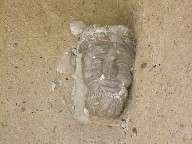 |
|
Weasenham
is a long village on the busy Swaffham to Cromer
road. There are two parishes, and two medieval
churches, one at each end of the village. Both
used to be kept locked, but they are now both
open every day to passing pilgrims and strangers.
All Saints is set slightly further away from the
road than its unfortunate neighbour, and there is
an illusion of peace in the lane, but still the
traffic hurtles past to the east of the
churchyard as if there was no tomorrow. The church
presents its most attractive face to the lane, a
fine 15th Century porch with details picked out
in stone rather than the more usual East Anglian
flushwork. The top parapet is of 1905, as, in
fact, is pretty much the whole of the rest of the
church. The tower had fallen in the 17th Century,
and in the 18th century the upper parvise of the
porch was replaced by a brick structure which was
removed by the Edwardians. The corbel heads which
supported the upper storey survive in situ in the
porch. The only other earlier survivals are the
north arcade, and one rather good medieval
surprise which we shall see inside.
|
You step
into a wide open space that feels all of its early 20th
Century date, the height of Anglican triumphalism. But
All Saints appears to have always been relatively Low
Church, and there are none of the exuberant furnishings
one associates with the period. There is no coloured
glass at all, and the wooden parquet flooring helps
impart a peaceful simplicity.
The great
survival here is the dado to the 15th Century roodscreen.
On the north side are the figures of the four Latin
Doctors, from left to right St Ambrose, St Augustine, St
Jerome and St Gregory. On the south side are the four
Evangelists, from left to right St John, St Luke, St Mark
and St Matthew. The Latin Doctors are in reasonable
condition, and while not of the quality of the figures at
nearby Wellingham you can see that they must once have
been rather fine. By contrast, little survives that is
discernible of the four Evangelists, except for the
haunting detail that you can just make out the symbols of
St John's eagle, St Mark's winged lion and St Matthew's
winged man. Of St Luke's winged bull I could make out no
trace.
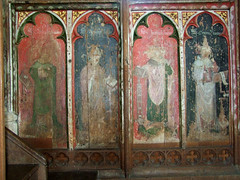 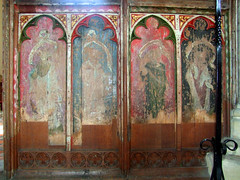
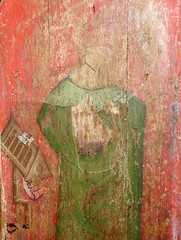 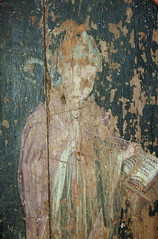  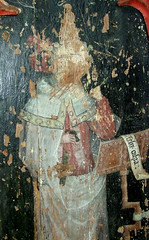
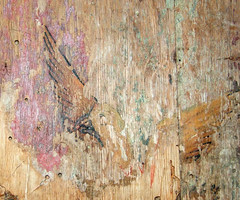 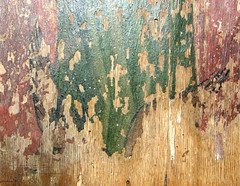 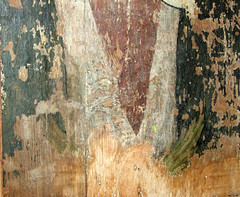
The
simplicity of the setting is perfect for the screen, and
in the afternoon light falling from the west it was
beautiful. There is perhaps little else to see here, but
it felt a pleasant place to be, so I sat for a while in
contemplation and then went for a wander outside.
| The
south porch is really quite something, with tall
hooded niches and relief carving of Marian
symbols. It must have been splendid when it was
original and intact. To the west of the church is
a grand 18th Century tombchest topped off rather
absurdly with an urn. It is for Richard Jackson,
a member of the local gentry who died in 1768. A
greater curiosity is to the north side of the
church, where two headstones are set in the
concrete beside the north wall, one with a
coffin-shaped chest attached to it. In Richard
Jackson's time, this parish was known as Upper
Weasenham, before the Victorian fashion for
reviving Saints' names. White's 1844 Directory
for Norfolk provides the intriguing detail that
the parish was host to a fair for toys on the
25th of January each year.
|
|
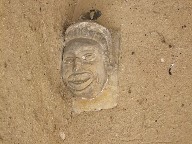 |
|
|
|
